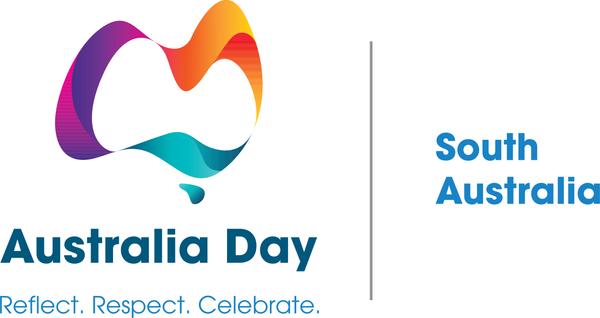Posted on December 16 2020
The swastika, a design at least 7,000 years old, remains a sacred symbol in Buddhism, Jainism, Hinduism and Odinism. It is a common decoration in Asian countries where it suggests good luck, prosperity and wellbeing, but its adoption by the Nazis and subsequent flaunting by right-wing extremists have made it a far more sinister symbol to modern Western eyes.
National symbols are essentially of three kinds, anthems, flags and crests or logos like the swastika, and changing them can be a fraught business. I can recall when we discarded God Save the Queen for our current anthem and the competition to design a new Australian flag. Reactions were intense. Some who had been reared with the notion of Britain as our mother country saw abandoning our old anthem as little short of treason while men and women who had fought and faced death under the Australian flag regarded it as sacrosanct. At the same time, a younger crowd with more republican sentiments mocked both the anthem and flag as embarrassing colonial relics that they could not embrace, while Australian citizens newly arrived from other countries were bemused by the whole debate.
It is always so when you change a symbol, and if a symbol means anything it is bound to provoke controversy. The point of a symbol is that it represents something significant. It is often something intangible but very real to the people attached to it, but because those attachments are deeply personal, people don’t always agree and are frequently adversaries in an argument that can’t go anywhere because they are dogmatically at odds as to what that symbol actually means.
So what do we do about our own flag and national anthem? While there are continuing calls to change our flag, especially to remove the Union Jack from its corner, the suggested modification of our national anthem is much more modest but rather more pressing. It involves changing ‘We are young and free’ to ‘We are one and free.’ That is all, but it is still enough to provoke controversy; such is the power that we invest in symbols.
This change is mainly being sought because Indigenous Australians belong to the oldest continuous civilisation on Earth and, taking some pride in that, object to being described as ‘young’ when that could only be so if Australia’s beginnings were with European colonisation. Others point to the ageing demographic of Australia, noting that it is an odd description of a nation the average age of whose citizens increases by the day. So what do we make of this?
It should not be so hard; we have been there before. Well before we dropped God Save the Queen we had discreetly abandoned its jingoistic second verse that invites the deity to ‘scatter…and confound our enemies’ and to ’frustrate their knavish tricks’ - a line that would be impossible to sing today without a snigger of embarrassment. With our current anthem there is similar reluctance in having to describe Australia as ‘girt by sea’, with ‘bound by sea’ being offered as sensible and less archaic phrasing.
As to replacing ‘young’ with ‘one’, I for one would welcome the change because the best national symbols have the power to unite and not divide, and this minimal change (far less drastic than others we have made) embraces a significant part of our population without distancing anyone. If we want our citizens to feel comfortable honouring our flag and singing our anthem then we must ensure that these symbols embrace all of them. That can’t happen if the very words describe a population, and even an age, to which they don’t feel they belong.
It may even happen by evolution rather than revolution. I suspect that those happier with ‘one’ rather than ‘young’ will simply sing it that way, and I predict that their numbers will grow until the change has occurred by default. I will be among them, but I would be happier to see this become a formalised matter because that process, should it occur, will in itself be a symbol of empathy and inclusion – the very things that national symbolism should represent.
Dr Rob Morrison OAM CF
Australia Day Council Ambassador
14 December 2020

0 comments